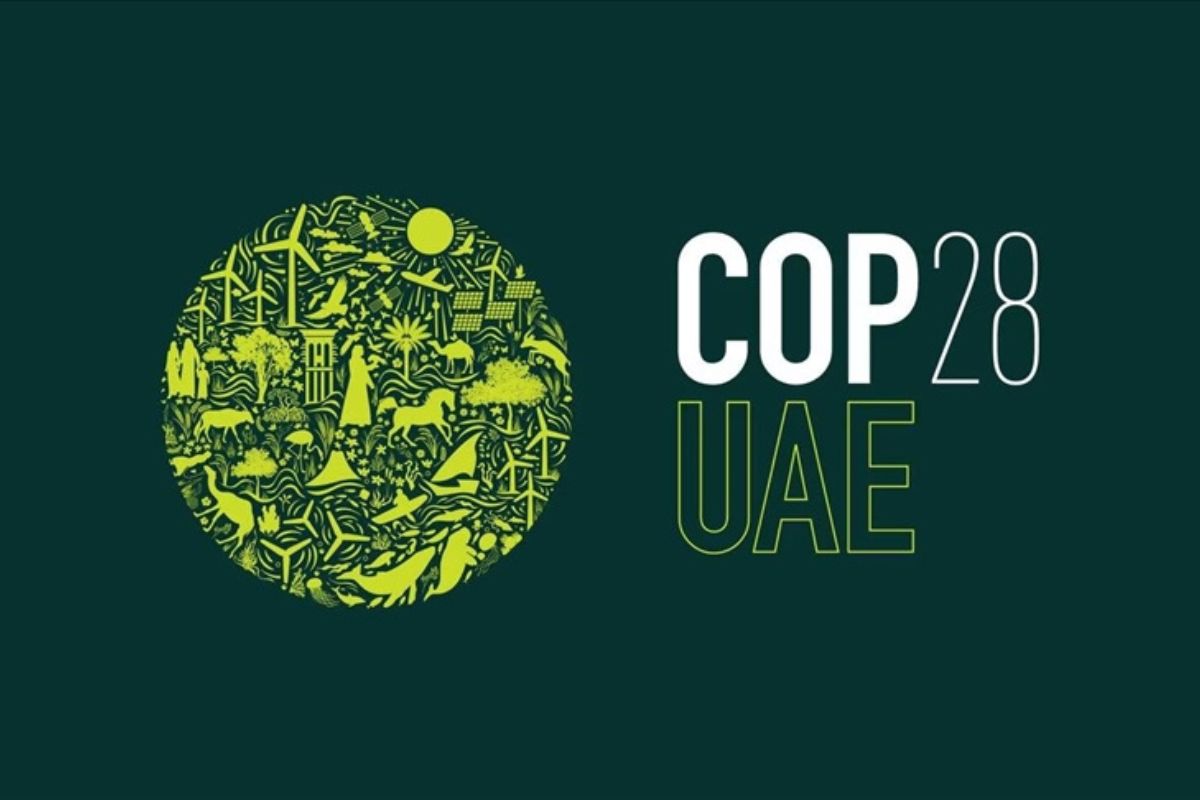Panel submits report on elements posing threat to security interests of India, US
The high-powered Central committee recommended swift legal action against an individual with prior criminal links.
Given the complexity and long duration of the transition, a well-defined policy framework, “is required to develop a transition policy along the lines suggested in certain sections of the Mines Act, 1952,” a top official said.

Prime Minister Narendra Modi is at the COP28 meeting in Dubai in which certain sensitive issues, including Green Credit Initiatives, will be discussed.
But, how India is getting prepared to address the climate issue, especially when the country continues to enjoy fossil fuel at the highest degree ever? What policies the country has adopted to negotiate with the issue will gain importance, especially in the wake of the country’s commitments in the 2015 Paris Agreement and 2021’s COP26 summit in Glasgow.
Advertisement
India’s current energy mix continues with more than 80 per cent fossil-based fuel in use and it stands as the second largest consumer of coal. In his note to Niyi Ayog, Bhabani Prasad Pati, joint secretary, ministry of coal stated, “Coal will continue to play a critical role in meeting India’s energy requirements for the next few decades. However, as India has taken strides towards clean energy transition and Net Zero by 2070, we envisage significant structural change in production and consumption of fossil fuel by the economy in the long run.”
Advertisement
Given the complexity and long duration of the transition, a well-defined policy framework, “is required to develop a transition policy along the lines suggested in certain sections of the Mines Act, 1952,” a top official said.
The coal ministry has already started working in collaboration with the World Bank on closure of mines based on just transition principles. In a meeting of sustainable growth pillars on 12 July, 2021, under India-US strategic partnership, it was decided to enhance cooperation in the fields of energy data management, low carbon technologies, carbon market & just transition in the coal sector and form four committees involving Indian and US counterparts in respective fields. Whether India can embrace a faster phase out of coal-fired power plants and both India and the US can quit coal mining, are the critical questions, especially in the wake of the 2015 Paris Agreement and the Cop26 summit.
But, how much has been India’s progress on the front? IIT Kanpur, since mid 2021 has been working on the just transition perspectives and prospects in the Raniganj Coalfields in its mission titled ‘JTRC-IIT, Kanpur’. Deputy project manager, JTRC, Kanpur, Supriya Basu said, “To ensure social transition for expediting just transition, we need to plant renewable energy plants surrounding the Raniganj coalfields, but most of our such plants are being installed in the western India, which is if no help for social justice to the Raniganj coalfields.” He added: “After expected closure of mines, we need to estimate the loss of actual man-days from all spheres depending upon the coal economy.”
Coal India, meanwhile, has scaled up for installing proposed 3,000 MW renewable energy units by 2030, of which 500 MW is on the pipeline.
Advertisement